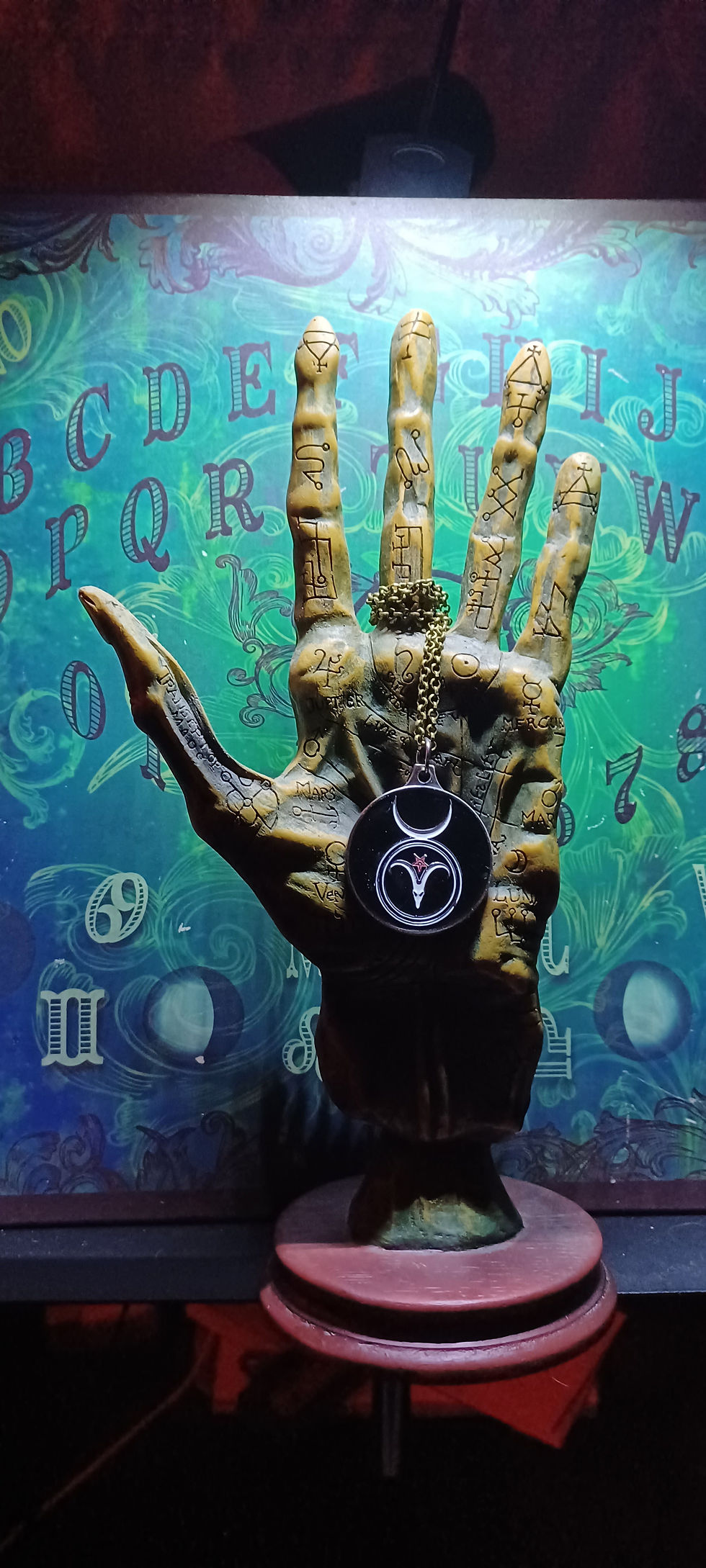Summoning Sound: How the Mind Manifests Voices in Mysticism and Majiq
- Etu Malku

- Mar 28
- 1 min read

Auditory hallucinations are linked to abnormal activation patterns in the auditory cortex, suggesting the brain generates internal perceptions perceived as external sounds.
Dopamine, crucial for reward and motivation, plays a role in psychosis. Dysregulation in dopamine pathways contributes to hallucinations, where increased activity can amplify internal thoughts to appear as spoken by another entity. Normally, the brain predicts speech's sensory consequences (even internal) via corollary discharge. In hallucinations, this mechanism fails, making inner speech feel external.
Abnormalities in the temporal lobes, especially the Superior Temporal Gyrus (STG), are observed in those with auditory hallucinations. These regions typically process external sounds, but in hallucinations, the STG activates without external stimuli, suggesting internally generated sounds are misattributed.
Auditory hallucinations extend beyond psychosis to religious experiences, meditation, and rituals. Hyperactivity in the temporal lobes can induce mystical experiences like hearing divine voices, angelic commands, or demonic whispers. Intense prayer, fasting, and chanting elevate dopamine levels and reduce prefrontal cortex activity, enhancing spontaneous auditory phenomena and making spiritual beings' voices seem real. In dissociative states, detachment from the self facilitates experiencing external voices and visions.
In ceremonial magic, an egregore or servitor is a thoughtform given autonomy through ritual. Neuroscientifically, this involves training the brain to generate and perceive voices as belonging to a created entity, akin to manipulating auditory hallucinations intentionally.


